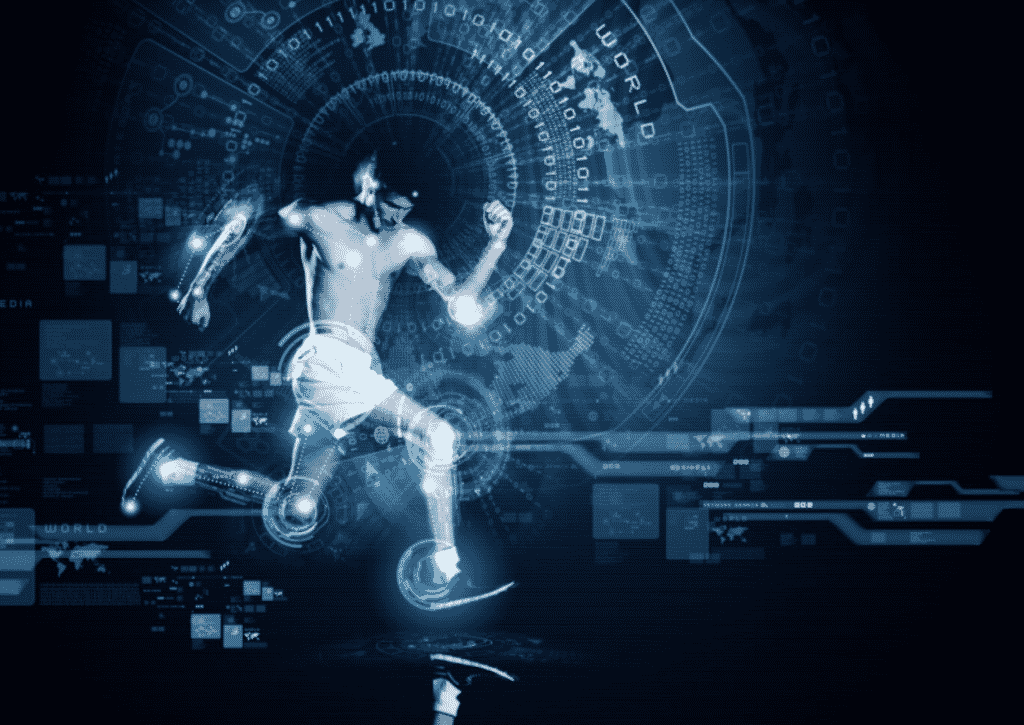No matter how advanced the technology, be it a helmet to stop life-threatening impacts or sensors that can detect levels of fatigue there’s always a chance of an injury.
When it happens, you can still count technology to help in every step of the way:
Exoskeletons
Athletes who suffer a ruptured ligament, broken bone or knee issues are expected to spend month or even years in rehab. In this case, specialized equipment can go a long way towards shortening that period.
Exoskeletons can do most of the leg work in motor assistance for when athletes need to climb stairs, walk, or do sit to stand exercises. Weak muscles are supported and strengthened, and balance is better compared to a manual human assist.
Also, anti-gravity treadmills allow for workouts without the presence of full body weight.
Better Exercise Machines and Rehab Systems
Rehab systems are quickly becoming modernized as faster processors and better materials are introduced in the market.
They’re sometimes mentioned in live broadcasts and news, including sports analysis sites like 슈어맨 IASTM, or instrument-assisted soft tissue mobilization can make the body’s internal healing system faster. Resistance trainers and dynamometers can make an injured sports athlete recover without having to go through a rigorous process.
Exercise machines are now more than just toning muscles. It can detect beneath the surface and read data to recommend the right program.
Sports Medicine VR and AR
AR and VR were limited in terms of numbers but there are a few examples. For one, gaming technology can help ease the pain that comes with spinal, neck and leg injuries through rehabilitating games and VR apps.
Sports medicine is set to have an abundance of AR and VR apps soon. In training, a physician can be made to view a replay of an actual event and determine what kind of rehab will work best.
